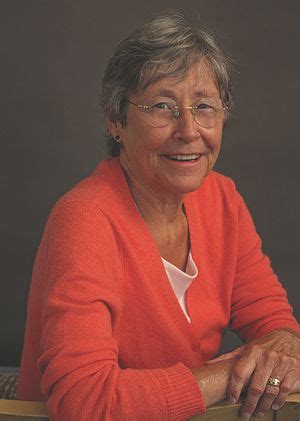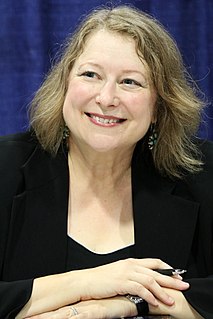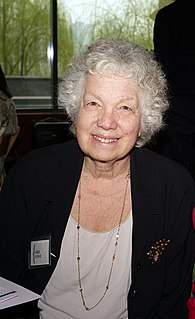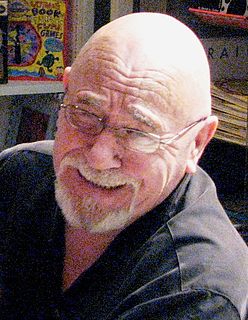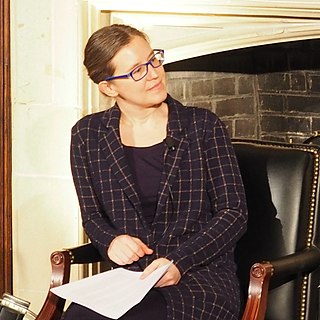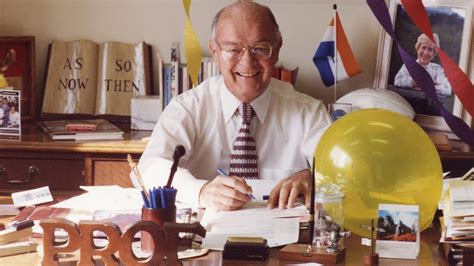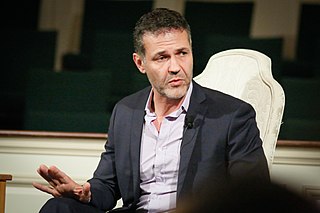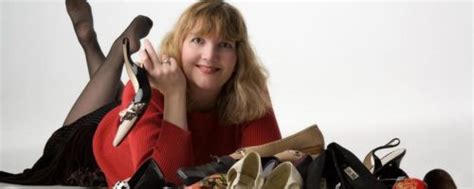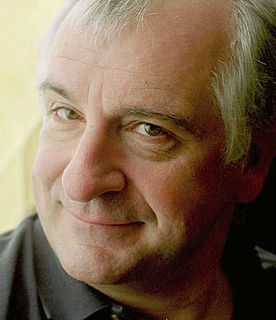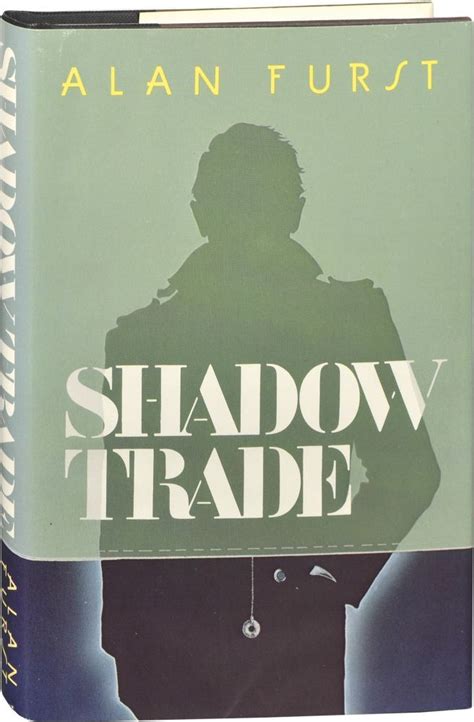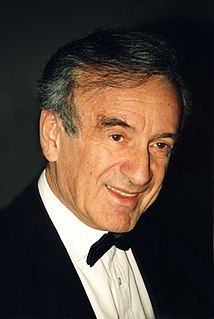A Quote by Cynthia Voigt
I was eighteen when I wrote my first book, and I can't remember what it was called. I have no idea where the manuscript is - I lost it when I was twenty-one.
Related Quotes
I remember the first time I went to Italy when I was eighteen, I was in Florence and there were all these eighteen, nineteen, twenty-year-olds gliding past on Vespas with crinkly, long, hair, and I thought I was on the set of a movie. I couldn't believe that this was going on and I hadn't known about it before. I was flabbergasted.
My mother had died when I wrote my first book. I was twenty-seven, so it was right at the beginning of my writing life. I don't know if she had lived, if I would have done it, certainly not quite like I did. But, you can't rethink it. You wrote what you wrote, it meant something to other people, and that's your good.
Wormholes were first introduced to the public over a century ago in a book written by an Oxford mathematician. Perhaps realizing that adults might frown on the idea of multiply connected spaces, he wrote the book under a pseudonym and wrote it for children. His name was Charles Dodgson, his pseudonym was Lewis Carroll, and the book was Through The Looking Glass.
When I wrote the first Betsy book, 'Undead and Unwed,' I had no idea, none, that it would be a career-defining, genre-defining book, the first of over a dozen in the series, the first of over 70 published books, the first on my road to the best-seller list, the first on my road to being published in 15 countries.
